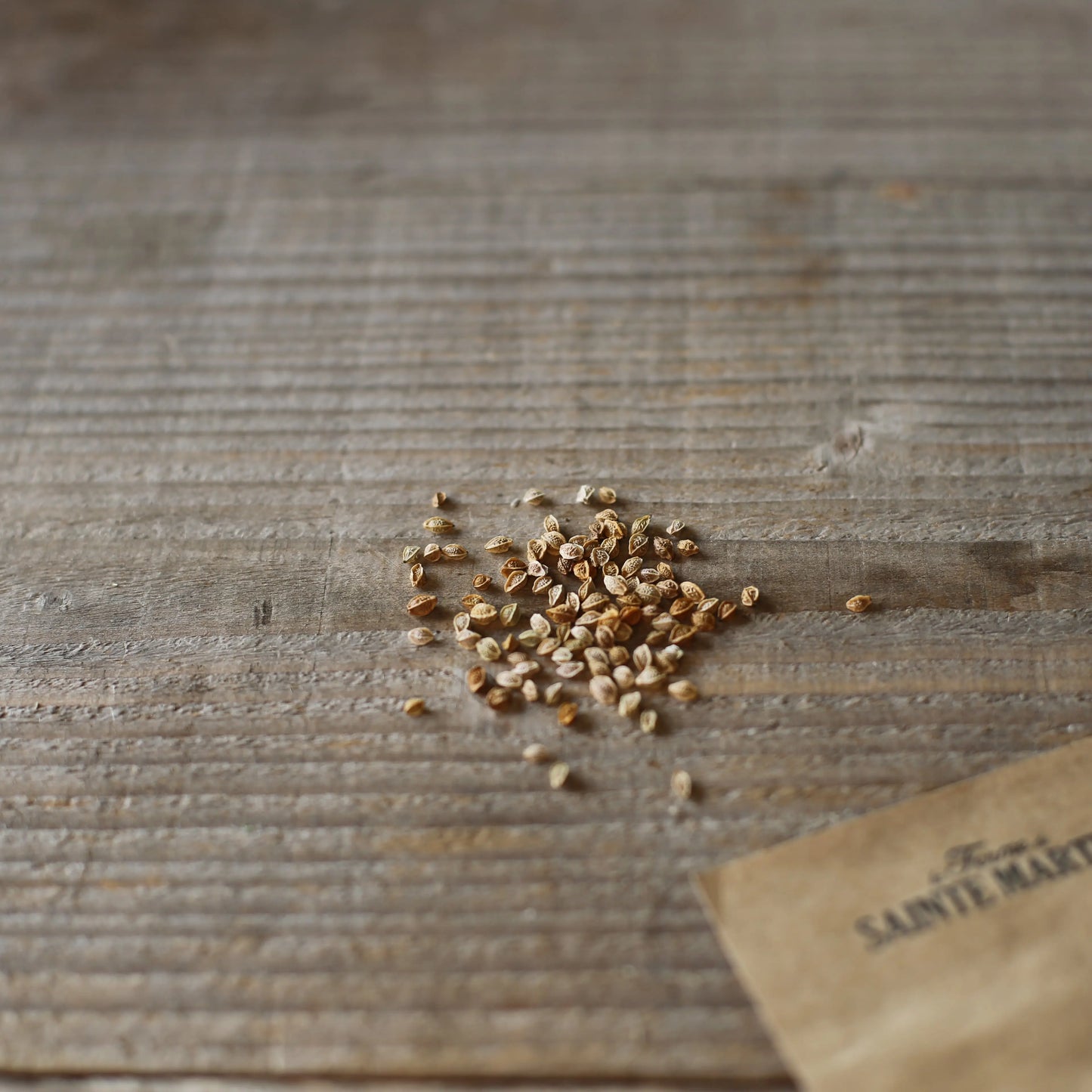LITTLE PIMPRENELLE AB
Poterium sanguisorba
The small, hardy, perennial burnet has many virtues: refreshing , rich in vitamin C , haemostatic (external use for cuts) and anti-diarrheal (internal use) thanks to the tannins , carminative and aids digestion (herbal tea). In cooking, it is used in green salads , mescluns , raw vegetable mixes or even in pesto for its refreshing flavour which suggests that of cucumber and green walnut . Its flowers are edible.
How to successfully sow burnet
Sowing : Sow from March to April or in September in pockets of 3 to 5 seeds 25 cm apart in all directions, in open ground in light, well-drained soil , in a sunny position. Thin out when the seeds emerge. Water in dry weather the first year.
Planting in the vegetable garden
The small burnet will appreciate dry , deep soils, preferably chalky . It will acclimatize very well in a rockery or in the gaps of a stone border.
Cultivation of the small burnet
Pinch off the inflorescences to extend the leaf harvest period. Identify your plants before winter because they will become more discreet but will start to bloom again the following spring .
In spring, remove the dried leaves . Do not water except for the first year. Perennial and hardy , it will remain in place for several years. If you allow a few flowers to mature, it will reseed itself.
Harvesting burnet
Harvest the leaves preferably in the morning as needed.









